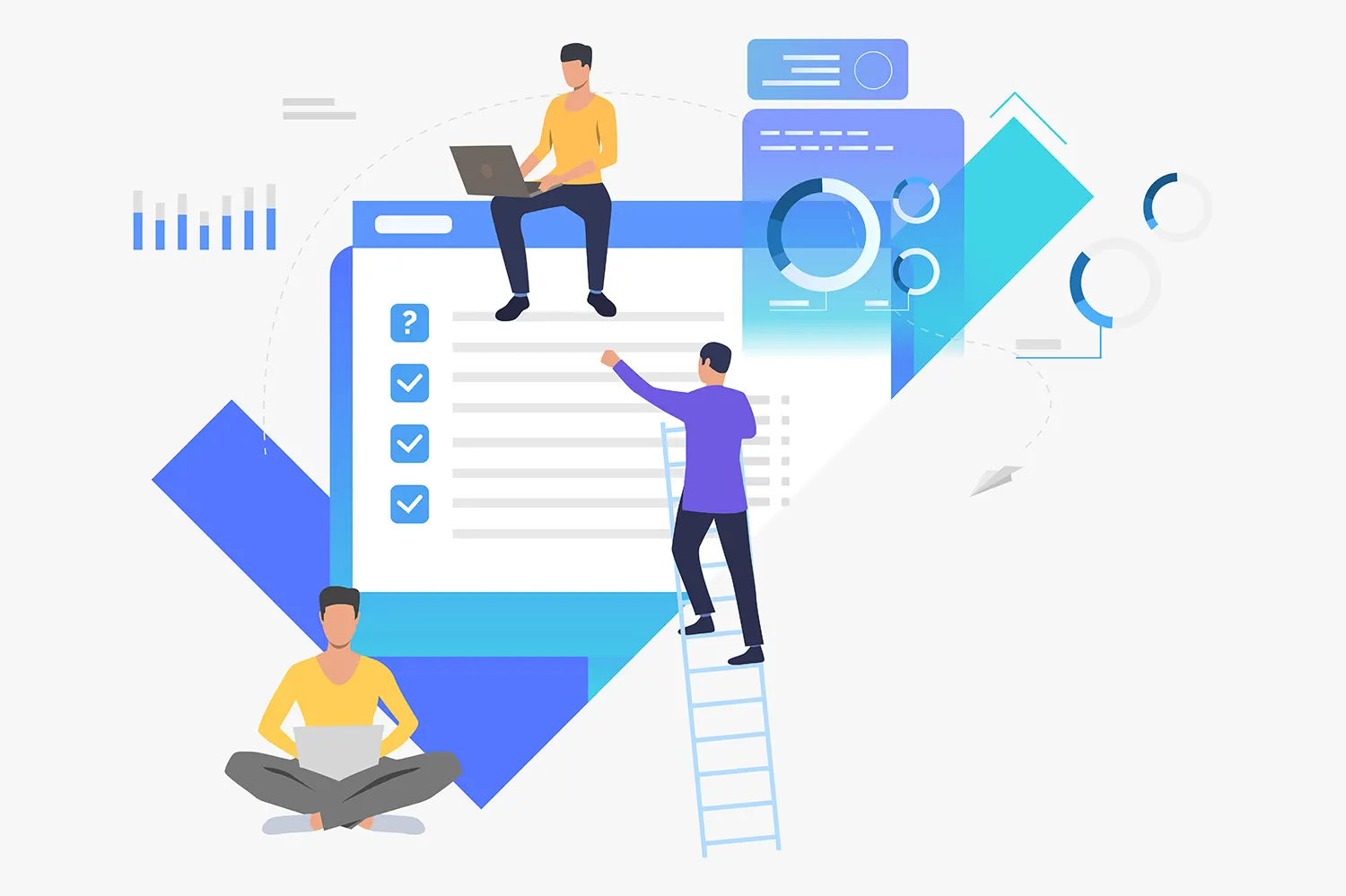In the dynamic world of software development, choosing the right technology stack is a critical decision that can significantly impact the success of your project. A technology stack, often referred to as a tech stack, is a combination of programming languages, frameworks, libraries, and tools that developers use to build a software application. This blog post will guide you through the key considerations and steps to make an informed decision when selecting the technology stack for your next software project.
Understanding Your Project Requirements:
Before diving into the plethora of available technologies, it’s essential to have a clear understanding of your project requirements. Consider factors such as the type of application you’re building (web, mobile, desktop), scalability requirements, performance expectations, and the specific features your project demands. This initial analysis will serve as the foundation for making informed decisions throughout the technology stack selection process.
The Foundation: Web Development Services and Companies
Before delving into the intricacies of technology stacks, it’s crucial to align yourself with a proficient web development services or a custom software development company. These companies offer specialized expertise and experience in crafting digital solutions tailored to your unique requirements. Partnering with the right service provider can significantly impact the success of your project, ensuring it is not only well-executed but also scalable and future-proof.
Defining the Scope: Web Application Development
Understanding the scope and nature of your web application is the first step in the decision-making process. Consider the type of application you’re building – whether it’s an e-commerce platform, a content management system, or a data analytics tool. The functionalities and features required will dictate the technologies that best suit your project.
Key Components of a Technology Stack
Programming Language:
- The choice of programming language is fundamental and depends on factors like developer expertise, project requirements, and ecosystem support. Common languages include Python, JavaScript, Java, C#, and Ruby.
Web Development Frameworks:
- If your project involves web development, selecting the right framework is crucial. For example, Flask and Django for Python, Express.js for Node.js, or Laravel for PHP.
Database Management Systems (DBMS):
- Decide between relational (e.g., MySQL, PostgreSQL) and non-relational (e.g., MongoDB, Cassandra) databases based on your data structure and scalability needs.
Frontend Technologies:
- For web applications, consider frontend frameworks like React, Angular, or Vue.js. These libraries enhance the user interface and provide a seamless user experience.
Middleware:
- Choose middleware components to facilitate communication between different software applications or services. Examples include RabbitMQ for message queuing and Redis for caching.
Cloud Services:
- Leverage cloud services (AWS, Azure, Google Cloud) for hosting, storage, and other infrastructure requirements. This decision can significantly impact scalability, reliability, and cost.
Version Control:
- Implement version control systems like Git to manage code changes and collaboration efficiently.

Factors Influencing Your Decision:
Developer Skill Set:
- Consider the expertise of your development team. Choosing technologies they are familiar with can improve productivity and reduce the learning curve.
Scalability Requirements:
- Anticipate future growth and select technologies that can scale alongside your project.
Community Support:
- Opt for technologies with active and vibrant communities. This ensures ongoing support, regular updates, and a wealth of resources.
Cost Considerations:
- Evaluate the cost implications, including licensing fees, hosting expenses, and maintenance costs associated with the chosen technologies.
Security Concerns:
- Prioritise security by selecting technologies with robust security features and a good track record in handling vulnerabilities.
Conclusion:
Choosing the right technology stack for your software project is a pivotal decision that requires careful consideration. By understanding your project requirements, evaluating key components, and considering factors like scalability, community support, and cost, you can make informed choices that set the foundation for a successful and sustainable development journey. Aspire Software Consultancy, brings expertise and innovation to assist you in navigating through these decisions. Stay agile, adapt to emerging technologies, and regularly reassess your tech stack with the support of Aspire Software Consultancy to ensure your project remains at the forefront of innovation.









